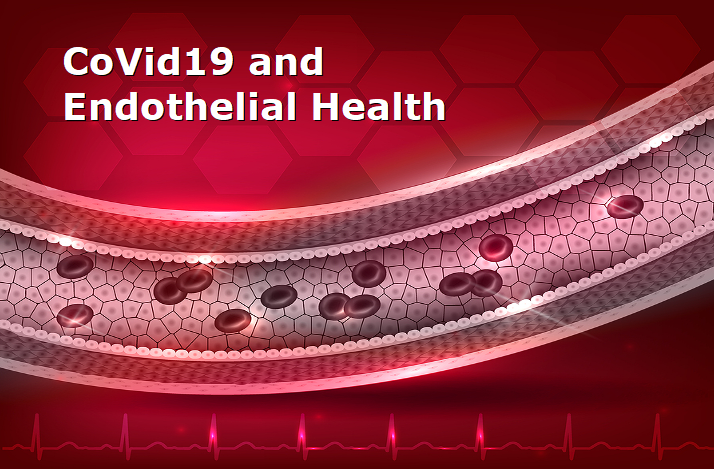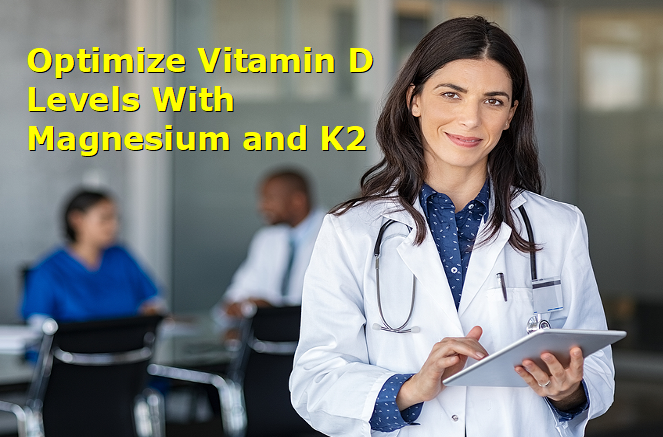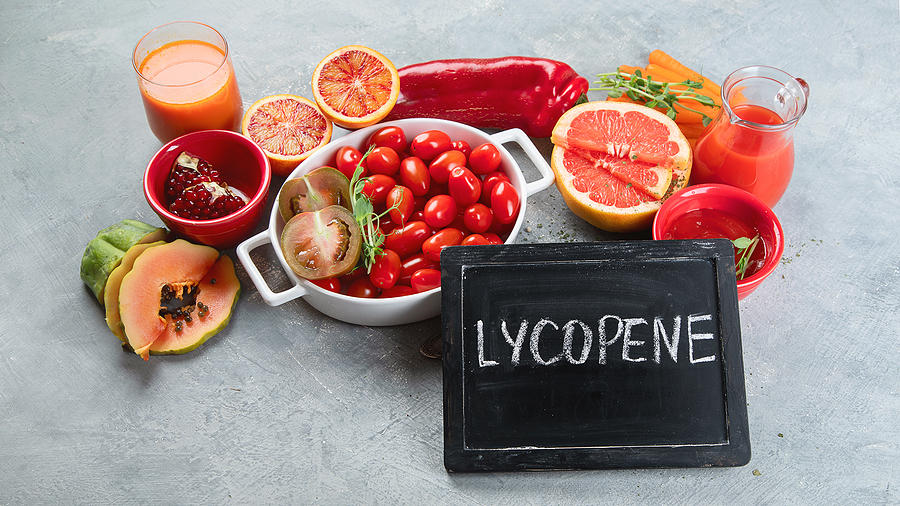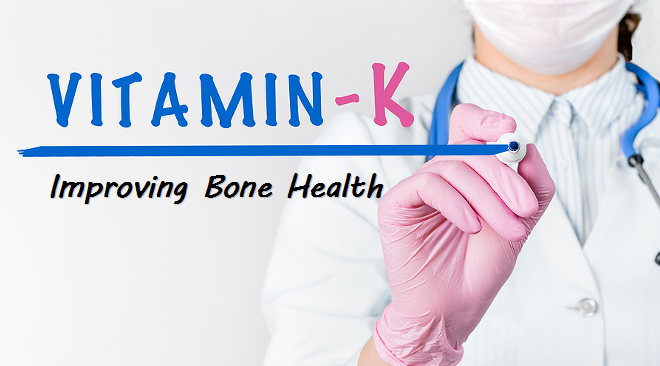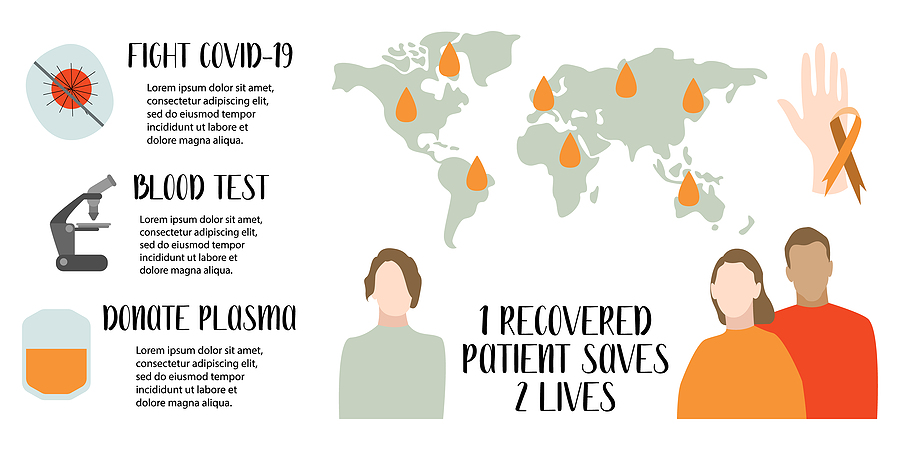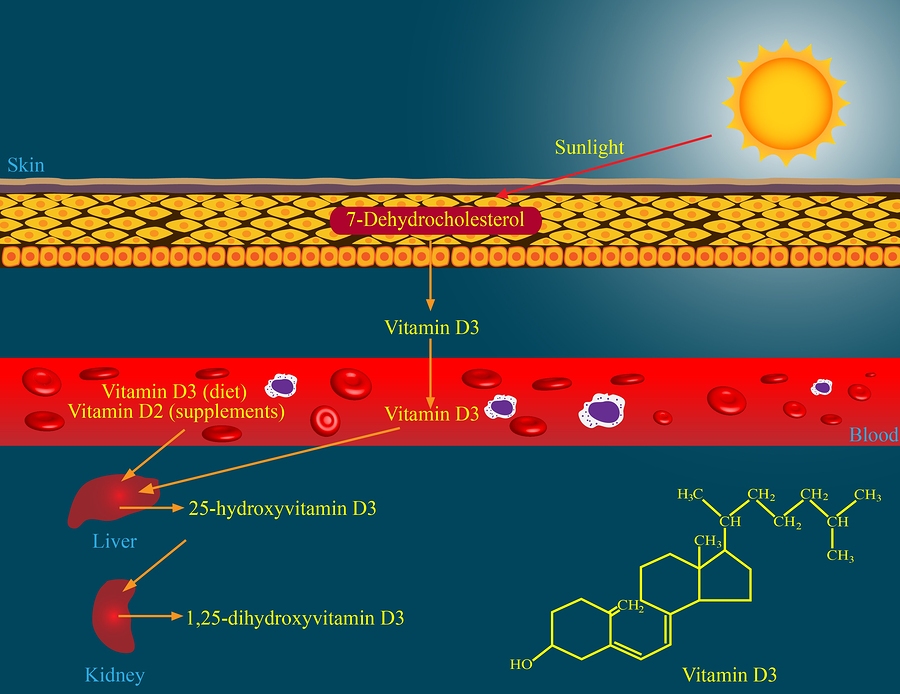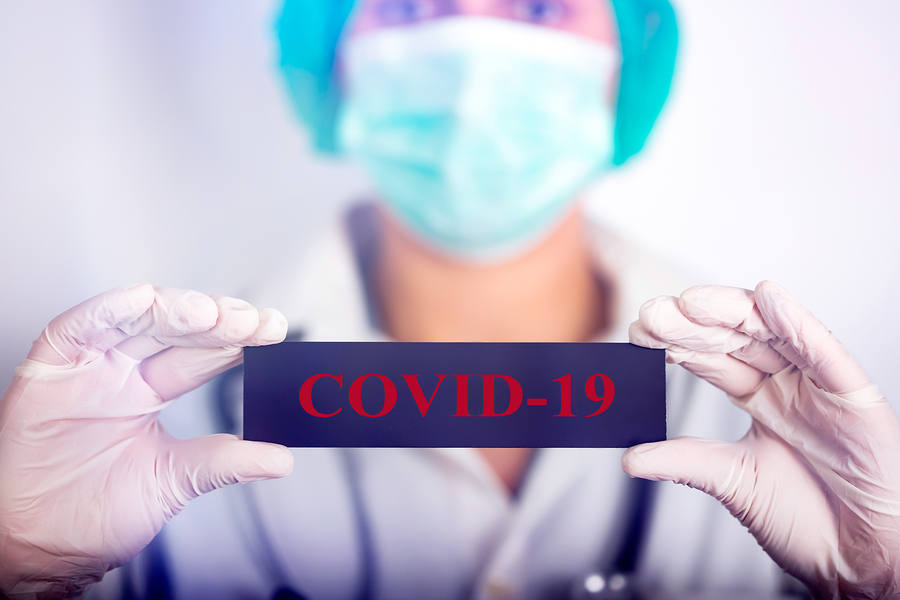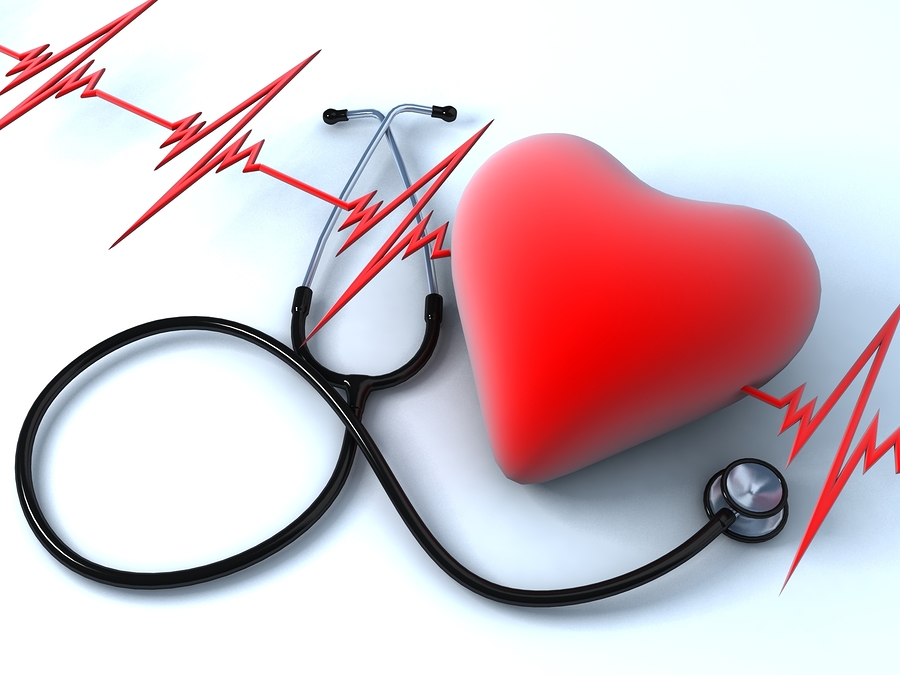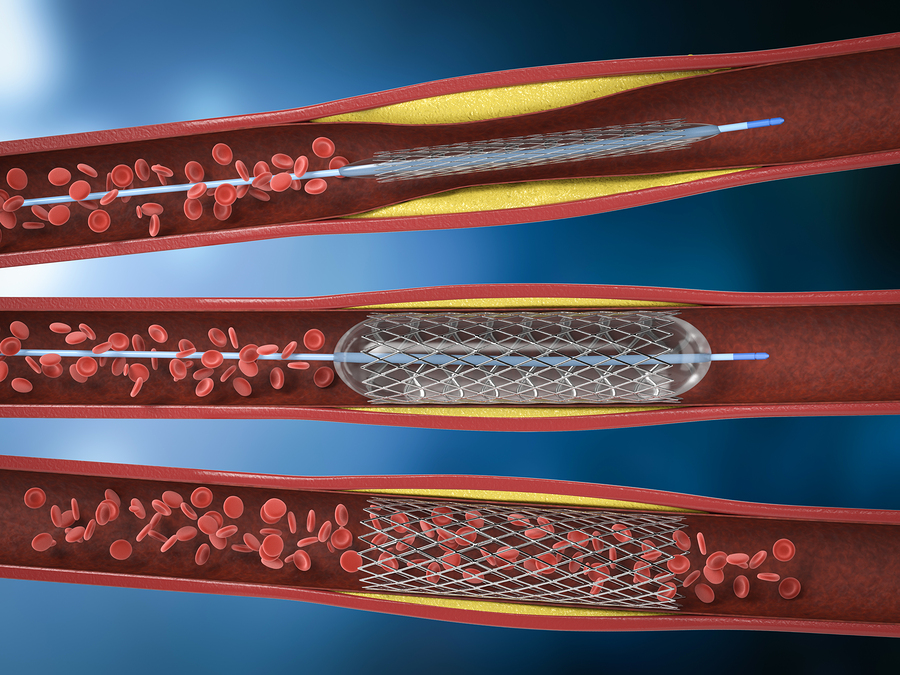As more and more research is being done on the CoVid19 virus, one of the areas of focus has been on the lining of the vascular system.
This lining is called the endothelium.
It’s only one-cell thick. But it actually regulates most of your cardiovascular health.
To give you an idea how large this tissue is, there is approximately 60,000 miles to the average vascular system. This includes all your arteries, veins, and capillaries. Lining all of this is the endothelium. If you took it out, and laid the endothelium on the ground, it would cover the surface area of a football field.
That’s a lot of surface volume.
(If you would prefer to view this information in a video format, then please click on my YouTube video below:)
Dr. William Li, who is a vascular biologist and the founder of the Angiogenesis Foundation, compared the endothelium to a freshly resurfaced ice skating rink before a hockey game. Smooth ice that allows the players and puck to glide smoothly.
However, the CoVid19 virus has an effect on the enthelium. In Dr. Li words,
“When the virus damages the inside of the blood vessel and shreds the lining, that’s like the ice after a hockey game. You wind up with a situation that is really untenable for blood flow.”
Dr. Li and his researchers came to this conclusion when they compared the lung tissues of people who died from CoVid19 to those who died from influenza. CoVid19 patients had nine times as many tiny blood clots when compared to influenza patients. And the endothelial lining of the blood vessels of the lungs were severely injured.
A normally functioning endothelium helps to: Read More →
